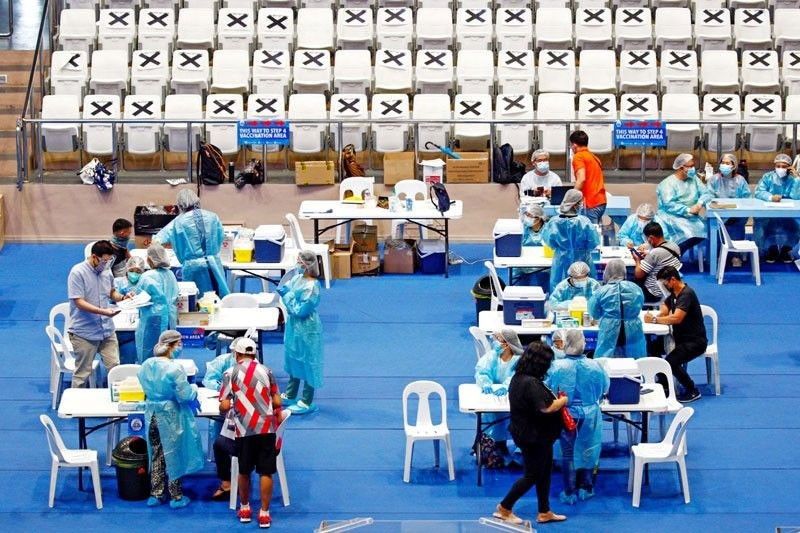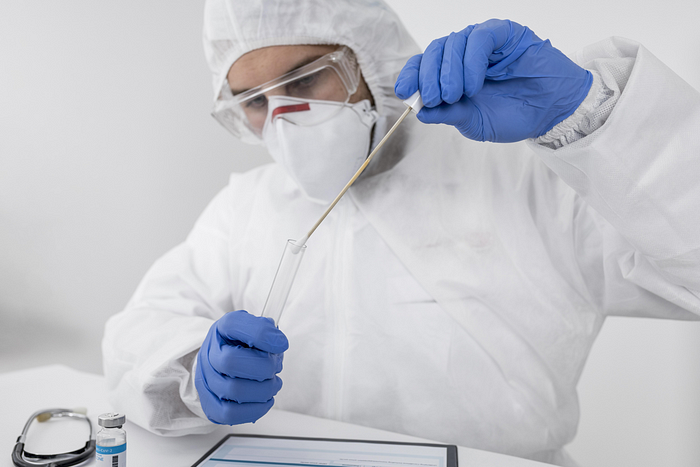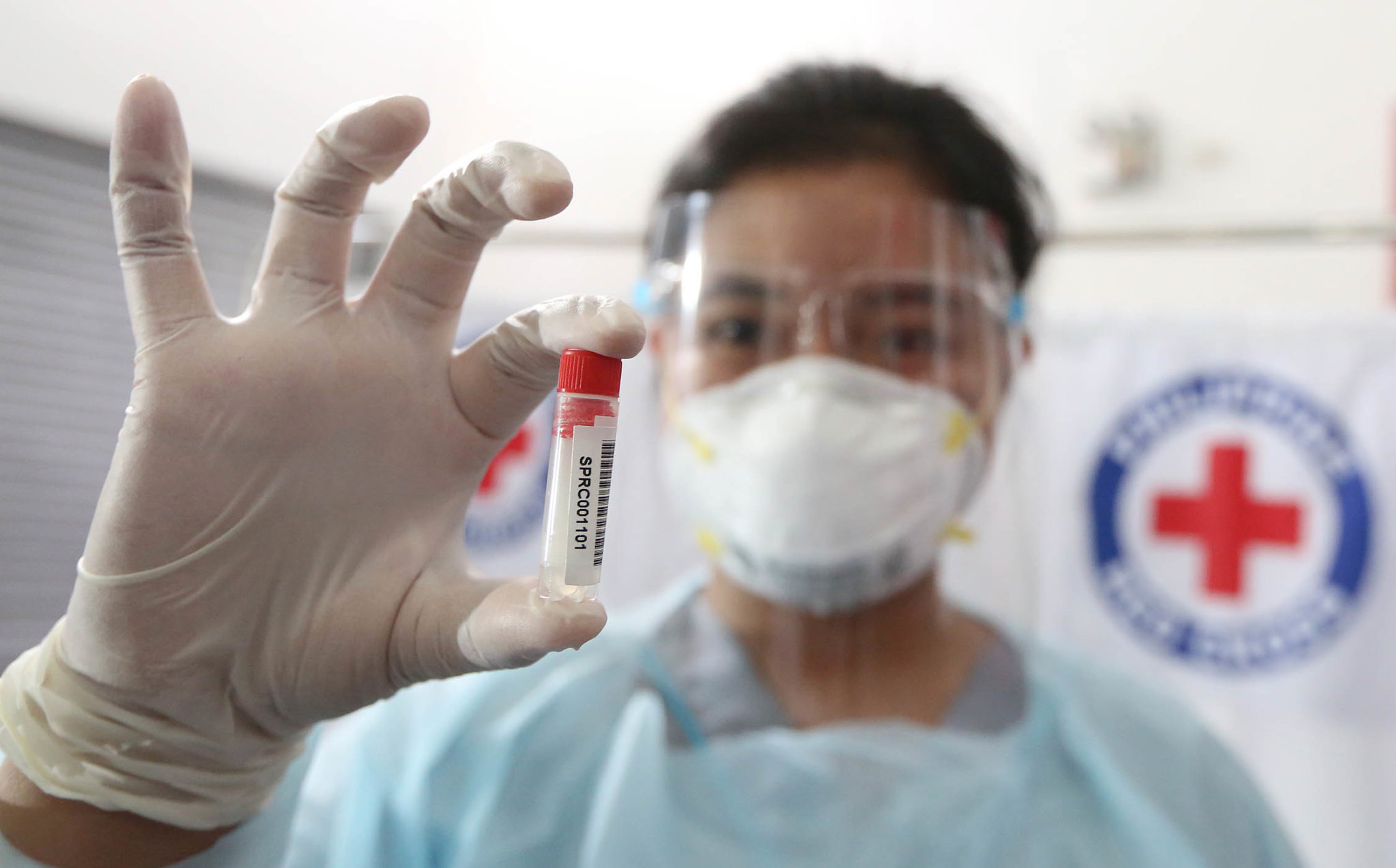Can Duterte fix agrarian reform?


THE DESIGNATION by incoming President Rodrigo Duterte of Rafael “Ka Paeng” Mariano as his secretary of agrarian reform is welcome news for the Filipino peasantry, farmworkers and the rural poor. Mariano, born into a poor peasant family in Nueva Ecija, is chair of Kilusang Magbubukid ng Pilipinas and former Anakpawis party-list representative.
He will be the first Cabinet member to come from the peasant class, who has a long history of activism on behalf of the marginalized rural masses. Mariano immediately called for a review of the “antifarmer decisions” of the Department of Agrarian Reform (DAR) and announced his priority in completing the long delayed redistribution of thousands of hectares of the Cojuangco-Aquino’s Hacienda Luisita, the Araneta estates in Bulacan and the Aguinaldo landholdings in Cavite.
Political will crucial
In implementing a contentious social justice program such as agrarian reform, the political will of the sitting President is crucial. The deficit here, however, has been appalling. Outgoing President Aquino’s public stance and the absence of an agrarian reform agenda in his major policy announcements reveal no sympathy, interest and understanding of agrarian reform’s role in the country’s overall socioeconomic, political and cultural development.
Ultimately, this self-indulgent and antireform mindset, common to all Philippine Presidents, have spelled the doom of agrarian reform.
The question is whether Duterte, by his self-ascribed Left persona and avowed socialist sympathies, would reverse the long-standing presidential pattern of ignoring agrarian reform’s social justice principles and stand firmly on the side of the long-suffering Filipino rural masses.
28th year of Carp
This June, the Philippine government’s agrarian reform law reached its 28th year of implementation with completion nowhere in sight. The Comprehensive Agrarian Reform Program (CARP) and its extension, the Comprehensive Agrarian Reform Program Extension with Reforms (Carper) had provisions that were generally favorable to their intended beneficiaries. But Carp and Carper were also essentially the result of a compromise between pro and antiagrarian reform blocs in Congress and thus also contained provisions, inserted by antireform and landowner lobbyists, that are considered legal loopholes.
CARP, enacted in 1988, was an improvement over previous legislation in that it covered all agricultural lands and the entire rural landless labor force. But it was hobbled by antipeasant and prolandlord provisions that allowed mere regulation of existing tenurial forms, including the nefarious stock distribution option and leaseback agreements, provided for an omnibus list of exemptions, established “fair market value” for landowner compensation, created a payment amortization scheme that was unfavorable for beneficiaries, set a high retention limit that could reach 14 hectares, mandated a long period of implementation, and generally ignored the role of beneficiaries and civil society groups in seeing the program through.
Carper’s record
Carper, on the other hand, also contained provisions that favored beneficiaries, such as the indefeasibility of awarded beneficiary lands, recognition of usufruct rights of beneficiaries, a grace period for amortization payments, speeding up the process of awarding lands, removal of the stock-distribution option, disallowing the conversion of irrigable and irrigated lands, automatic coverage of lands targeted for conversion pending for at least five years, reinstating compulsory acquisition and voluntary offers-of-sale as main redistribution modes, and recognition of women farmers as beneficiaries.
‘Killer amendment’
Despite all these gains, antireform legislators still managed to insert a “killer amendment” that allowed landowners to determine who would be beneficiaries and who would be excluded from the program. Other objectionable provisions are those expanding the list of exempted lands, allowing local governments to acquire agricultural lands beyond the 5-ha retention limit and the deprioritization of seasonal and other nonregular farmworkers as qualified beneficiaries.
Major CARP constraints, such as landlord compensation based on market value and the beneficiary payment formula based on gross production, have been retained.
According to the peasant organization Katarungan, the DAR has accomplished only 18 percent of its 2015 target for land distribution, “the lowest performance in the history of CARP implementation.”
In five years under the Aquino administration, less than 20 percent of the goal for land distribution has been accomplished. As of December 2015, there remained a balance of about 477,000 ha of undistributed lands while 1 million ha of agricultural lands inexplicably vanished from the public records. To camouflage its lackluster performance, the DAR has resorted to merely reporting the issuances of notices of coverage as accomplishments while keeping from public view the more essential indicators of certificates of land ownership awards (CLOAs) and, even more crucial, emancipation patents (EPs).
Snail-paced implementation
Indeed, land distribution under the Aquino administration has been moving at a snail’s pace
—marked by a consistent and chronic failure to meet annual targets, the
misrepresentation of performance indicators and lack of political
commitment by the DAR leadership under Secretary Virgilio de los Reyes.
In the distribution of privately owned and/or privately controlled
landholdings, which constitute the heart and soul of agrarian reform,
the implementation of Carp and Carper has been found to be most wanting
and negligent.
Despite favorable judicial decisions, the redistribution of Hacienda Luisita lands has been slow and bureaucratic with harassments of worker-beneficiaries continuing. Worse, between 80 and 90 percent of the hacienda’s distributed lands have been taken over by nonfarming ariendadors (capitalist-financiers) due to the failure of government to provide the required support services.
Landowner resistance
Chronic landowner resistance continues to plague the program with numerous reports of farmers being evicted, harassed, intimidated and killed by landlords and hired goons. Land grabbing and land-use conversions are intensifying even in landholdings that have been covered for distribution.
These converted and grabbed lands are often misappropriated for nonagricultural purposes, such as real estate development, tourism, mining and special economic zones by foreign and domestic land speculators.
Property developers
Leading these antireform initiatives are influential politicians, local governments and giant property developers. In many instances, powerful families have taken control over public lands and have resisted (sometimes violently) their distribution to qualified beneficiaries.
Rent-seeking property developers pose a counterproductive and destructive role by their expansion into the Philippine countryside, which encourages the conversion by local government units of agricultural lands for commercial purposes. This is exemplified by the land conflict in Porac, Pampanga, where Ayala Land is developing a P75-billion 1,125-ha mixed-use commercial, recreational and high-end residential estate.
The “Alviera” project was facilitated by the exemption from agrarian reform coverage and conversion of 750 ha of Hacienda Dolores to commercial use. The conflict has resulted in “the unsolved killings of two Hacienda Dolores farmers, the jailing of a village chief, the eviction of 300 farmers and the destruction of their crops and huts, and the denial of access to a road traversing through Alviera property that leads to Aeta villages and farms.”
Protest marches
In April, several hundred farmers marched for 122 kilometers from Sariaya, Quezon to Manila. Organized by Katarungan and its NGO support group, RightsNet, the farmers were demanding the full implementation of a meaningful agrarian reform program, protection for the agricultural sector, food sovereignty and return to farmers of the coco levy fund. The Sariaya farmers lament the cancellation of CLOAs and EPs of 3,781 farmer-families covering 4,800 ha.
This was just one of the many long protest marches undertaken over the years by restive Filipino peasants and farmworkers frustrated and indignant over the poor track record of government in agrarian reform.
Special economic zones
Equally destructive of agriculture and family farms are the proliferation in almost all regions of the country of special economic zones, such as the controversial Aurora Pacific Zone and Freeport Authority, displacing farms and peasant households and establishing enclaves that have little or no backward and forward linkages with rural communities.
Mining activities, on the other hand, impact negatively on farming communities (including indigenous peoples) and on the agricultural environment. As lawyer Christian Monsod pointed out: “Mining activities are usually located in rural and mountainous areas and can affect farmlands, rivers and shorelines, where the poorest of the poor are located.”
Worse, land grabs by large mining companies are taking place, such as the 508-ha farmlands in Calatagan, Batangas, tilled by 323 farmers and covered by 818 EPs.
The Aquino administration, like all previous administrations, via its inaction on abuses and its neoliberal economic policies of indiscriminately welcoming any and all forms of investment regardless of the social consequences, is party to and similarly accountable for this uncontrolled pattern of dispossession and human rights violations triggered by land speculations gone berserk.
Inadequate support services
The neglect by government agencies led by the DAR and the Department of Agriculture to provide timely and adequate support services to agrarian reform beneficiaries (ARBs) have prevented the latter from becoming economically viable producers and jeopardizing whatever land distribution may have accomplished. Only 44 percent of agrarian reform beneficiaries have had access to support services packages with 27 percent of them in so-called agrarian reform communities (ARCs).
As with other farmers, a majority of ARBs source their credit from loan sharks,who charge usurious interest rates. ARBs in commercial farms and plantations are forced to rely on former landowners and corporations for support services. In Mindanao, reformed areas and ARB ownership of lands have been rendered meaningless due to onerous contracts, leaseback and lopsided growership and production arrangements, leading eventually to farmer bankruptcies.
Property rights
The reasons for Carp and Carper’s failures cannot be traced, as a University of the Philippines Economics professor argues, to the absence of a fully functioning property rights regime “due to strictures on the sale (and rental) of reformed lands and the land ownership ceiling.” Under conditions of a protocapitalist system where political and other noneconomic factors play dominant roles, where rural elites are predatory in character and where rent-seeking financial speculation through aggressive property developers rules the day, it would be the height of naiveté to dream of a fully functioning property-rights regime.
Even today, the absence of such a regime has not prevented “investors” from invoking the “laws” of the market by encroaching on land reform areas and harassing and dislocating legitimate ARBs and other farming communities. All in the name of productivity, efficiency and optimum land utilization.
Ayala Land, through its president for international sales, Thomas Mirasol, candidly admitted that the lack of a “land use blueprint by a regulatory body … has enabled it to acquire large plots of land and develop them according to its own plan and design” (Business Times. May 6, 2014). Mirasol added that the absence of a land regulatory framework “has been great for Ayala Land,” which uses its resources to develop “big tracts of land” and thus “become the government; (that) control and manage everything (and become de facto) mayors and the governors of the communities that (Ayala) develops.”
On the other hand, an “efficiently managed” property rights regime will simply open wide the floodgates of the rural areas to modern versions of the unlamented landlord class and reintroduce the oppressive and exploitative social relations that necessitated a land reform program in the first place. It is precisely this elite-biased property rights regime in the rural sector that a truly just and meaningful agrarian reform seeks to prevent and where it exists, to overturn.
Recommendations
After 28 years of implementation of a program meant to emancipate the Filipino peasantry from serf-like servitude to elite landowning interests, the agrarian reform goal remains elusive with final resolution nowhere on the horizon. To start the process of fixing this dismal state, the incoming administration must immediately take the following steps:
First, extend the land distribution component of agrarian reform since it is obvious that the DAR will be unable to complete this by June 30.
Second, provide that all unpaid amortizations of farmers be condoned and all future land distribution be made free of cost to the beneficiaries.
Third, constitute a high level independent commission of upright and credible citizens with legal powers to evaluate and audit the performance of the DAR, Department of Environment and Natural Resources, and LandBank, and investigate all circumventions of coverage and human rights violations against farmers and farmworkers, their leaders and supporters.
Lastly, the goal of equitable land redistribution must be made a permanent feature of the state’s policy agenda. Land redistribution is a continuing process that will necessarily have to be resorted to time and again in order to assure that there is no backtracking on the agrarian reform agenda.
Social justice has no beginning and no end.
(Eduardo Climaco Tadem, Ph.D., was one of the founders of the Congress for a People’s Agrarian Reform in 1988 and coconvenor of the People’s Agrarian Reform Congress in 2014. He is currently president of Freedom from Debt Coalition and professorial lecturer in Asian Studies, University of the Philippines Diliman.)
Lee más contenido como éste
- DAR gives land titles to farmers in Bago City
- Philippine peasants fight for land 30 years after reform
- Land reform bill certified as priority- Philippines
- 'Bungkalan' caused by unaddressed social injustice, land rights group says
- DAR conducts door-to-door distribution of land ownership certificates to agrarian reform beneficiaries
Copyright © Fuente (mencionado anteriormente). Todos los derechos reservados. El Land Portal distribuye materiales sin el permiso del propietario de los derechos de autor basado en la doctrina del "uso justo" de los derechos de autor, lo que significa que publicamos artículos de noticias con fines informativos y no comerciales. Si usted es el propietario del artículo o informe y desea que se elimine, contáctenos a hello@landportal.info (link sends e-mail) y eliminaremos la publicación de inmediato.
Varias noticias relacionadas con la gobernanza de la tierra se publican
en el Land Portal cada día por los usuarios del Land Portal, de diversas
fuentes, como organizaciones de noticias y otras instituciones e
individuos, que representan una diversidad de posiciones en cada tema.
El derecho de autor reside en la fuente del artículo; La Fundación Land
Portal no tiene el derecho legal de editar o corregir el artículo, y la
Fundación tampoco espalda sus contenidos. Para hacer correcciones o
pedir permiso para volver a publicar u otro uso autorizado de este
material, por favor comuníquese con el propietario de los derechos de
autor.












